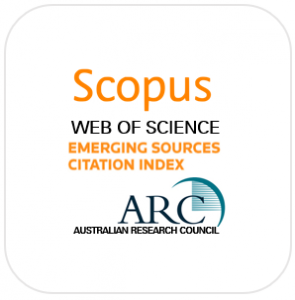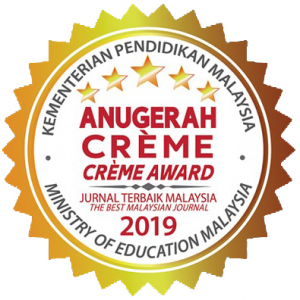Vol. 7, No. 2 (2011): 17–33.
Abstract
Pre-modern Malay society was intensely oral and aural, and the texts that are now read were always intended for group recitation and performance. Studies of auditory history in other societies have emphasised that in the past, sounds were experienced differently from the way they are heard today. At the very basic level, thunder—the voice of the heavens—established the benchmark and the basis for comparison for awe-inspiring sounds that humans could attempt to replicate, notably in the beating of drums and the firing of cannon. Together with the noseflute, the drum is the oldest and most indigenous Malay instrument, and the drums that were included in royal regalia were accorded personalities of their own. Cannon were introduced much later, but quickly assumed a preeminent position as personified embodiments of extraordinary supernatural power registered in the awe-inspiring noise of their thunder-like firing. At the same time, the sounds of both cannon and drums were fused with their physical presence as representations of fertility to create a complex sensory experience, conveying messages that were central to the functioning of the society. This paper argues that in the pre-modern Malay soundscape, drums and cannon functioned as visual and aural proclamations of identity, helping to define the community’s cultural parameters by drawing elite and commoner together.
Author’s bio
Barbara Watson Andaya is Professor of Asian Studies at the University of Hawai’i at Mānoa and Director of the Center for Southeast Asian Studies. In 2005–2006 she was President of the American Association of Asian Studies. Educated at the University of Sydney (BA, Dip. Ed.), she taught in a high school before receiving her MA at the University of Hawai’i (MA) and her Ph.D at Cornell University with a specialisation in Southeast Asian history. In 1979 her dissertation was published as Perak, The Abode of Grace: A Study of an Eighteenth Century Malay State. She maintains an active teaching and research interest across all Southeast Asia, but her specific area of expertise is the western Malay-Indonesia archipelago. She collaborated with Virginia Matheson Hooker in a translation of a nineteenth-century Malay text, the Tuhfat al-Nafis by the Islamic scholar Raja Ali Haji, and with Leonard Andaya on A History of Malaya in 1982 (revised edition, 2000). Further research on Malay history led to the 1993 publication, To Live as Brothers: Southeast Sumatra in the Seventeenth and Eighteenth Centuries. Subsequently, her interests shifted to questions of gender in Southeast Asia, and in 2000 she received a John Simon Guggenheim Award, which resulted in The Flaming Womb: Repositioning Women in Southeast Asian History, 1500–1800 (2006). Her current project is a history of the localisation of Christianity in Southeast Asia, 1511–1900.
Download

